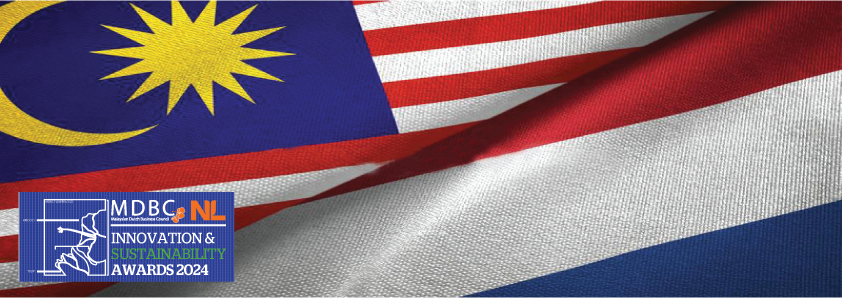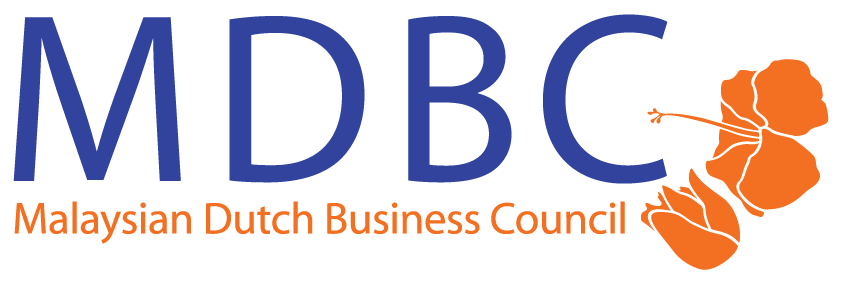MDBC INNOVATION & SUSTAINABILITY AWARDS

MISA 2025 Award Categories
Every year, MDBC does its best to ensure that the new award categories are timely and of particular relevance to furthering the understanding of Innovation & Sustainability. For this edition we bring you the following categories:
Please note: Examples included in the following competition categories are not exhaustive. Different organizations have different approaches and will be considered by our expert panel of judges.
- Participants may enter more than one competition category BUT must enter a separate entry per category.
- In the submission forms, due consideration should be given to your business elements related to innovation, sustainability, governance, ESGs, RBC, and SDGs.
- Information related to Guidelines, Rules & Regulations can be found here.
- The Assessment Criteria can be found here.
Further information, definitions, etc. per category can be found below. Should you need any clarification you can contact us at or call +603 – 2387 0043.
BEST SUSTAINABLE INNOVATION WITH RESPONSIBLE TECHNOLOGY
ESG CATEGORY: ENVIRONMENT
Recognizes companies that prioritize sustainability while responsibly applying technology as an enabler. The award celebrates innovations that reduce environmental impact, enhance resource efficiency, or accelerate sustainable growth, while ensuring that the digital tools themselves are used in an energy – conscious and environmentally responsible way. Companies are free to define their own approach, as long as sustainability remains the primary focus.
Examples Include (but are not restricted to):
- New technology or process to cool data centers in an environmentally friendly way without excessive energy use;
- New way of using a drone (or other product) in agriculture or conservation which helps increase biodiversity and decrease environmental impact;
- Smart desk occupancy sensors that detect whether a workspace is being used which helps to reduce energy usage in office environments.
BEST COMMUNITY IMPACT AWARD
ESG CATEGORY: SOCIAL
Celebrates organizations that create meaningful and lasting social impact by uplifting communities, improving education, enhancing livelihoods, or supporting inclusion. The award recognizes initiatives that demonstrate how true change often begins at the local level through innovative projects such as educational programs, food assistance, volunteering efforts, or other community – driven activities.
Examples Include (but are not restricted to):
- A digital volunteer platform that connects professionals with communities that need capacity building (e.g. through mentors / tutors);
- A project empowering communities to safeguard the quality of rivers and protect water resources through community based programs.
- A charity bus providing free showers and haircuts for the homeless, helping them to feel better and be more presentable for potential job applications, etc.
BEST PEOPLE DEVELOPMENT AWARD
ESG CATEGORY: GOVERNANCE
Honors organizations that invest in the growth, wellbeing, and future – readiness of their workforce while fostering inclusive and ethical business practices. This award celebrates companies that create equitable opportunities for all through skills development, training, and flexible work arrangements, while leading with integrity through strong governance and compliance. By empowering people and embedding responsible practices, these organizations build resilience and long – term sustainable growth.
Examples Include (but are not restricted to):
- Talent Development roadmap for employees with requirements for career advancement and advanced education for upskilling;
- Mentorship program connecting senior and junior executives (to increase leadership skills and increase business networks);
- Comprehensive set of training programs or workshops for employees (e.g. Ethical decision making and transparency, future readiness – increasing long term innovation and short term adaptability)
